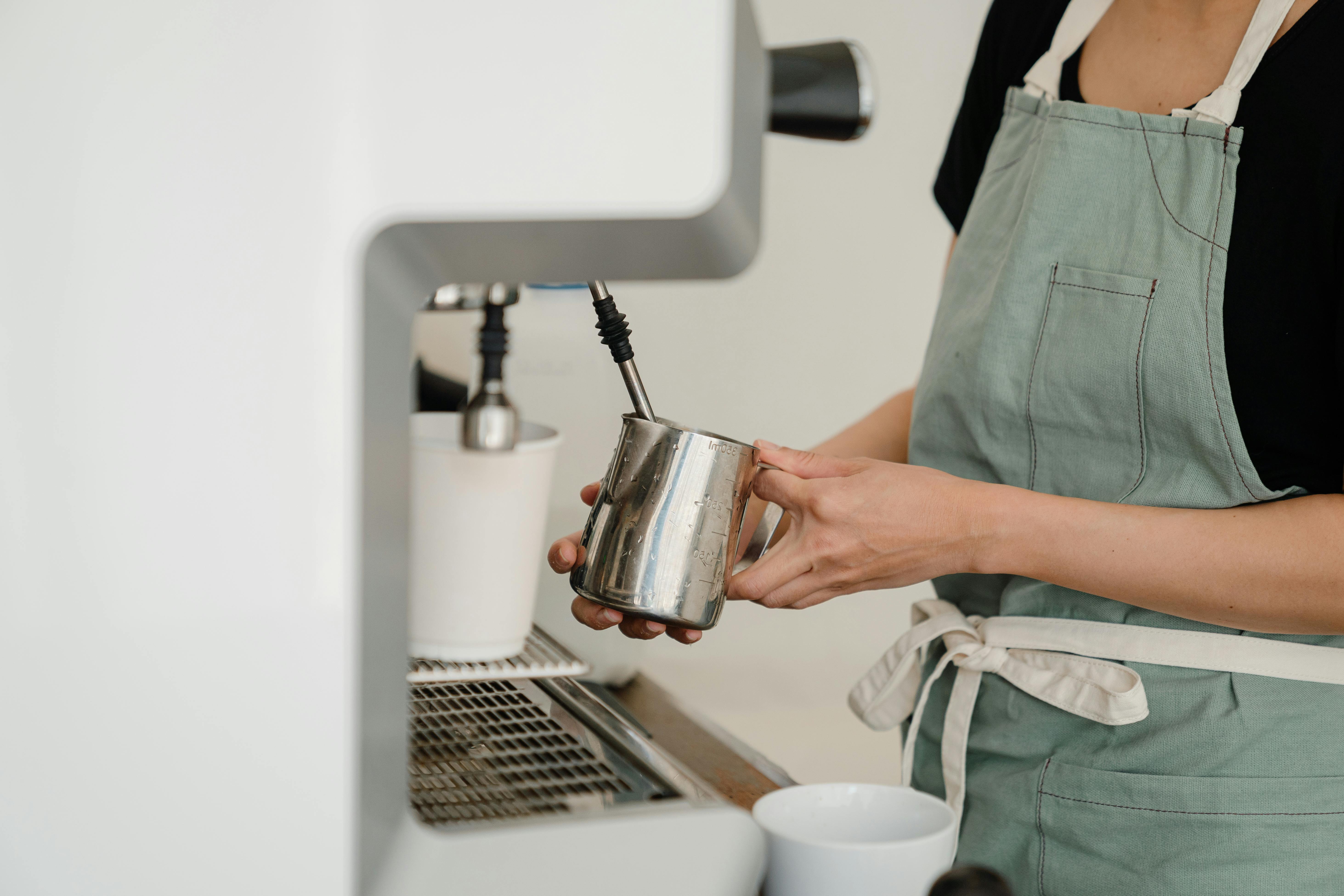
Are oils obsolete?
If we could go back in time and ask the masters, they would probably say that oil painting will always be around. It will? This is an arena of the art world that is quickly depleting. Many artists still trust oils and until recently I agreed. I reluctantly switched to acrylics when I had kids just because they were easier. However, I never liked them; in fact, I stopped painting for quite a while because I didn’t really like acrylics.
I have always had various problems with acrylics. One, I don’t like the way they blend together so quickly. I am impatient and prefer wet work to wet work. Therefore, I usually paint on something that is wet. With the oils, you can twist, twist, and tap the brush on the canvas, but you still have the remnants of both colors when you’re done, while the acrylics blend in before you can put them on the brush creating a third color. Another problem is working time. Acrylics dry quite quickly. I’m a fast painter, but I was continually frustrated when paint built up on the brush. They have extension products, but I never found them satisfactory as they usually thinned the paint too much. Finally, I have never liked the look of the finished product with Acrylics. Sure, it can coat paint or give it a shine, but there’s nothing quite like that thick, rich, greasy oil present. I just don’t like acrylics.
Do not misunderstand. Oils also have many negative traits. Cleaning is excruciating with all the solvents and clogged sinks (not too eco-friendly, for its proponents). The biggest problem is that the oils NEVER dry out. You may have good skin on your paint after about a month, but a bump or scrape against it and you find that your new shirt is ruined (or the interior of your car while hauling it to shows). Oils are also temperamental and start their own life on your canvas. Oils are subject to changes in temperature and humidity, causing them to crack if not treated properly. Still, despite its difficulties, I am adamant that there is nothing that compares to how an oil painting looks. But wait, there is more.
I settled for a middle ground while I was in college. My favorite painting was the Alkyds. They were oils and had the same cleaning difficulty, but offered a faster drying time. This was great as I was transporting paintings from one side of the class to the other. They usually dry to the touch in a day or two and were pretty safe in a week. I enjoyed them because they worked as original oils for blending and general “feeling” the oils. Still, there was the problem of cleanliness.
Art supplies have come a long way. A few years ago, I discovered water-soluble oil-based paints that cleaned with soap and water. They are based on flaxseed oil (a common staple for anyone using traditional oils). I’m not a chemist and I don’t know exactly how they do it, but I’m grateful to the person who understood the dilemma. They are a bit more expensive, but what value is the convenience and versatility to you?
No matter what your preferences are, there will always be controversy over which one is better. My lack of success with acrylics does not mean they are inferior. I’ve seen many great works of art that were made with acrylics (and I wonder “how did they get that effect with acrylics?”). Obviously, there are advantages and disadvantages to all the different options that we have available today. I guess I am a bit stuck in my ways and will always choose some type of oil paint.